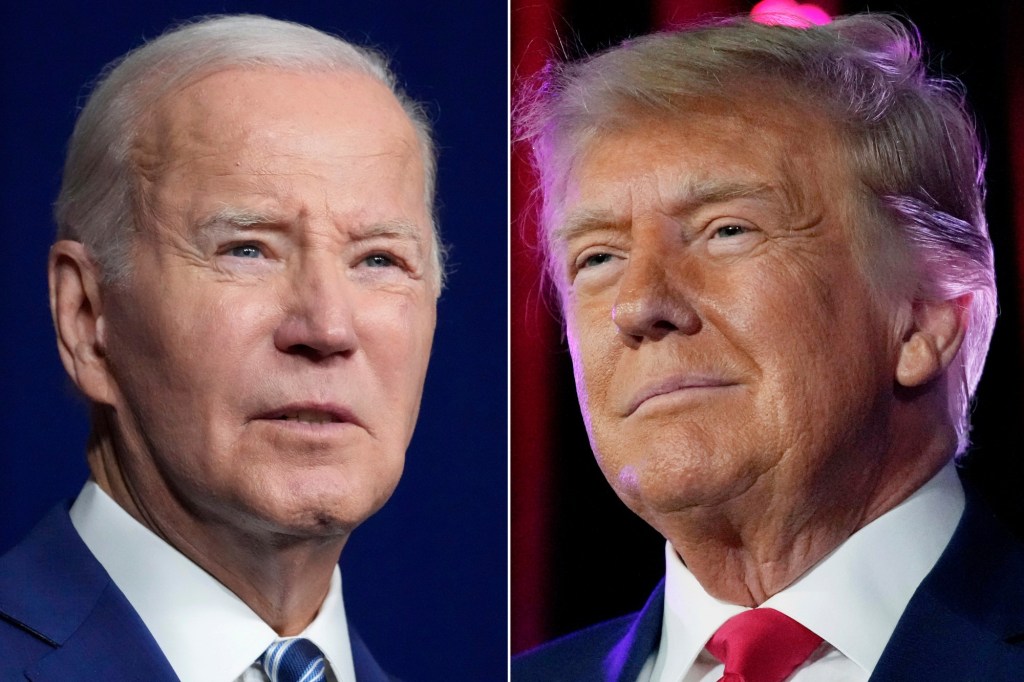Americans might want to burst with bipartisan contentment that President Biden and former President Trump have endorsed the same idea: a sovereign wealth fund. This particular proposal is so flawed, however, that the Biden and Trump agreement instead constitutes a sorry commentary on the state of economic sophistication at the top of our two major parties.
A sovereign wealth fund serves a useful but limited purpose—one which is not applicable to the deficit-ridden American government. When government receives a substantial windfall from an asset that it holds, it will sometimes invest those earnings in a fund apart from its normal budget. In the best case, those funds are invested in longer-term projects likely to improve a nation’s economy. Norway did this with its huge revenue from North Sea oil. Alaska did the same with its oil revenue. Other countries, however, have done the opposite: including the proceeds from a unique and possibly non-renewable asset in a consolidated government budget, leading to more government spending and an eventual budget crisis when the value of the investment drops. That has been the history for many third-world nations, relying on revenue from commodities like cocoa (Ghana, Ivory Coast) or petroleum (Venezuela) to fund the daily expenditures of government.
The United States will likely follow the second example, consolidating any profit from the sovereign wealth fund with its total government budget. That’s what we did with the Social Security trust fund surplus in 1968 – masking the growing budget deficit due to Viet Nam and the Great Society. By contrast, if the sovereign wealth fund loses money, it will be taken off the consolidated budget. It’s a move for which Enron officials went to jail; but Congress will make it legal for the federal government.
A second flaw stems from the fact that no proponent of the fund has identified a unique stream of revenue that will be dedicated to the fund—like Norway’s oil revenue. Unlike Norway, the US is running a budget deficit not a surplus. Fund advocates propose that the US borrow money to put into the fund. Orange County residents have a special reason to be sensitive to that kind of financing. In 1994, Orange County’s surplus was invested in interest-rate sensitive financial products. When interest rates went up, the county borrowed to cover the deficit. The traditional sovereign wealth fund can only lose the amount of surplus money put into it; a fund supplied by borrowed money, however, can lose as much as has been borrowed.
Further, this system works only if the US makes more on its sovereign wealth fund than the interest it has to pay to borrow. Fund-advocates point to the fact that the stock market, over the long-term, has appreciated at a rate faster than the interest rate the federal government has to pay on its long-term bonds. That is precisely the argument that was used by President George W. Bush in 2005 to advocate for allowing workers to direct some of their social security contributions to market investments. Senate Democrats killed the proposal, arguing this was “privatizing” social security, threatening retirement funds by individuals’ bad investment decisions.
If that risk was real, it is even greater with a sovereign wealth fund, where political factors will influence what investments the government will make. From Solyndra under President Obama to restarting the earmark process on spending bills in 2021, the political branches have shown they cannot resist favoritism in spending decisions. Further, once having bought a company’s stock, the government will likely evaluate tax and other policies with an eye to how the company’s share price will be affected. If the federal government owned Ford, but not GM stock, in 2009, would the decision to help bail out GM have applied to Ford as well?
A sovereign wealth fund creates the potential for conflict of interest, on top of its financial vulnerabilities, and should be resisted.
Tom Campbell is a professor of economics and a professor of law at Chapman University. He was the finance director of California, a state senator, and a member of Congress.

